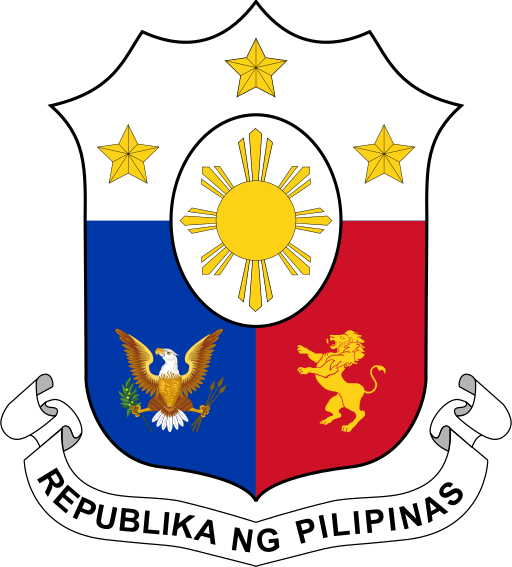The Development Budget Coordination Committee (DBCC) adopted, on 28 July 2020, the adjusted medium-term macroeconomic assumptions, fiscal programs, and growth targets for submission to Congress in August. The proposed P4.506 trillion FY 2021 Budget, which was approved by the President on 30 July 2020, was anchored on these assumptions.
Real Growth Projections
For 2020, the DBCC’s projection of the country’s Gross Domestic Product (GDP) growth rate has been adjusted from the previous estimate of -2.0 to -3.4 percent to -5.5 percent in view of updated indicators on the impact of the COVID-19 pandemic on tourism, trade, and remittances throughout the year.
Nonetheless, the DBCC is confident that the country is on track to economic recovery next year, with GDP growth expected to reach 6.5 to 7.5 percent by FY 2021 to 2022, as the National Government continues its pump-priming activities. The priority implementation of the Build, Build, Build infrastructure program and revitalization of the industry and services sectors are expected to lead the recovery.
Macroeconomic Assumptions
The DBCC also updated the following macroeconomic assumptions:
The inflation rate assumption for 2020 was narrowed down to the range of 1.75 to 2.75 percent due to subdued demand. Inflation assumption for 2021 to 2022 was retained at 2.0 to 4.0 percent. This means that prices in the typical consumption basket of Filipino families will remain stable and predictable.
The assumption for the price of Dubai crude oil per barrel for 2020 was revised from USD 23 to 38 per barrel to USD 35 to 45 per barrel, based on the futures market. For 2021 and 2022, the assumption has been maintained at USD 35 to 50 per barrel.
On the exchange rate, the range of the PhP-USD exchange rate assumption was narrowed to PhP 50 to 52 against the USD for 2020 and maintained at PhP 50 to 54 from 2021 to 2022.
In view of the slowing down of global trade due to the COVID-19 pandemic, the growth assumptions for goods exports and imports for 2020 further contracted by 16.0 percent and 18.0 percent, respectively. However, the growth of goods exports is projected to pick up to 5.0 percent while growth of goods imports is expected to reach 8.0 percent by 2021 to 2022, consistent with the expected pace of recovery in global and domestic demand in the following years. OFW remittances are projected to fall by 5.0 percent this year but are expected to return to the normal annual growth rate of 4 percent in 2021 and 2022.
Medium-Term Fiscal Program
Estimated revenue collections for 2020 were reduced from the PhP2.61 trillion projection last May to PhP2.52 trillion, or 13.4 percent of GDP. The decline is a result of deeper contraction in real GDP growth and the PhP42 billion in estimated foregone revenues from the implementation of the proposed Corporate Recovery and Tax Incentives for Enterprises (CREATE) Act, which will reduce the corporate income tax rate (from 30 percent to 25 percent) to provide much-needed assistance to the business sector and help micro, small, and medium enterprises (MSMEs) retain their workers.
On the other hand, estimated disbursements for this year inched up by PhP110.0 billion to PhP4.34 trillion, equivalent to 23.0 percent of GDP. The additional spending anticipates the PhP140.0 billion additional appropriations for the proposed Bayanihan to Recover as One (Bayanihan II) Act which is being pursued in Congress.
For 2021, revenues are projected to slightly recover to reach PhP2.72 trillion, or 13.2 percent of GDP, while disbursements are expected to increase to PhP4.47 trillion, or 21.6 percent of GDP, consistent with the P4.506 trillion budget proposal. Revenue and disbursement projections are estimated at PhP3.03 trillion, or 13.3 percent of GDP, and PhP4.68 trillion, or 20.5 percent of GDP, respectively, by 2022.
Given the revenue and disbursement plans approved by the DBCC, the deficit target over the medium-term is expected to increase from 8.4 percent to 9.6 percent of GDP in 2020, from 6.6 percent to 8.5 percent in 2021, and from 5.0 percent to 7.2 percent in 2022.
Despite these adjustments in deficit spending, the DBCC is confident that the national government’s debt will be kept at a sustainable and responsible level, within the 60 percent internationally-recommended debt threshold, by 2022.
FY 2021 Proposed National Budget
In view of the government’s development targets and fiscal priorities, the proposed budget ceiling is PhP4.506 trillion for FY 2021, equivalent to 21.4 percent of GDP. This is 9.9 percent higher than the P4.1 trillion FY 2020 GAA. This is anchored on the Administration’s key priorities to help the country rapidly recover from the COVID-19 pandemic.
Bulk of the allocation will be provided to the social services sector in which funding for health-related programs such as the implementation of the Universal Health Care Act, purchase of the COVID-19 vaccine, and provision of personal protective equipment, among many others, will be prioritized. For education-related programs, the implementation of the Universal Access to Quality Tertiary Education and the Basic Education Learning Continuity Plan program will be prioritized to ensure educational continuity in this time of crisis.
The economic services sector also remains to be a budgetary priority, signifying the government’s continued interest to invest in public infrastructure to drive economic growth. Funding support will be provided for Information and Communications Technology expenditures to improve the country’s wi-fi, and broadband infrastructures and develop e-platform and online systems to support the efforts of the different departments for the new normal.
To help communities cope and prevail in these trying times, the proposed FY 2021 budget will also prioritize government programs and strategies that help improve the productivity of the agriculture and fishery sector, accelerate the recovery of Micro Small Medium Enterprises, and develop e-competitiveness of local industries. Moreover, programs that promote digital upskilling, training and retooling of workers, and the digitalization of the government and economy will also be prioritized.
The DBM will be finalizing the FY 2021 National Expenditure Program (NEP) and other budget documents for submission to Congress before the 30-day Constitutional deadline on August 26.
The DBCC remains steadfast in its commitment to maintain a strong fiscal position while fighting the COVID-19 pandemic by supporting the country’s public health care systems and putting in place measures to deliver relief to the neediest sectors, as the economy bounces back.
The DBCC also underscored the importance of the Congressional passage of structural reforms needed to bolster private sector confidence and upgrade the capacity of the different sectors to rise above the challenges in these difficult times. The DBCC cited the urgency of passing the Corporate Recovery and Tax Incentives for Enterprises Act (CREATE), certified as urgent by the President, as well as Bayanihan II, the Financial Institutions Strategic Transfer (FIST) and Government Financial Institutions (GFIs) Unified Initiatives to Distressed Enterprises for Economic Recovery (GUIDE) measures, and the government’s proposed amendments to the Agri-Agra Law in order to facilitate a quick and robust economic recovery. The DBCC also supports efforts to amend the Public Service Act (PSA), Retail Trade Liberalization Act (RTLA), and Foreign Investments Act (FIA) which will allow the inflow of more foreign investments and greater job creation.
(30)
For requests for interviews, please contact the Office of Assistant Secretary Rolando U. Toledo at media


